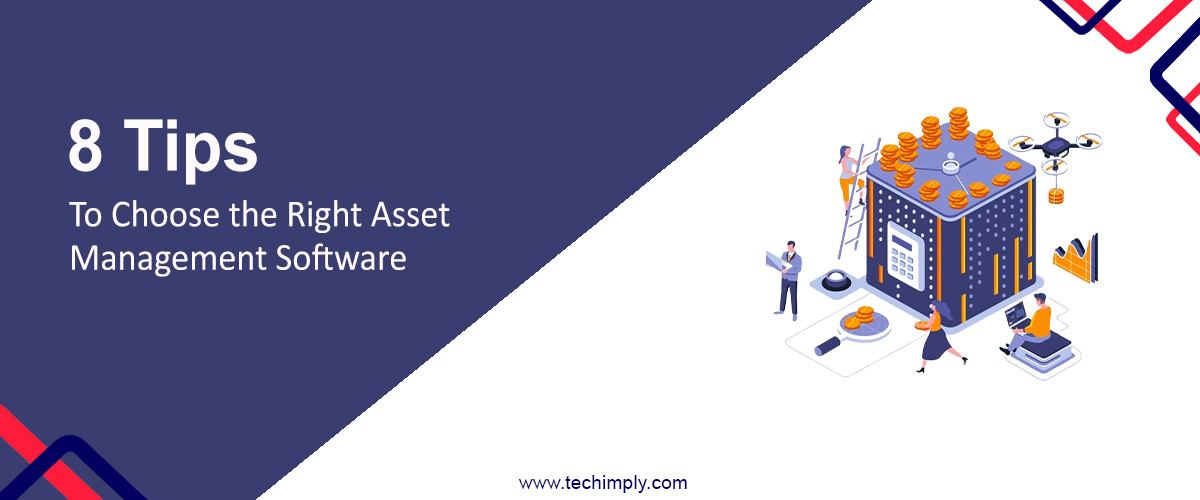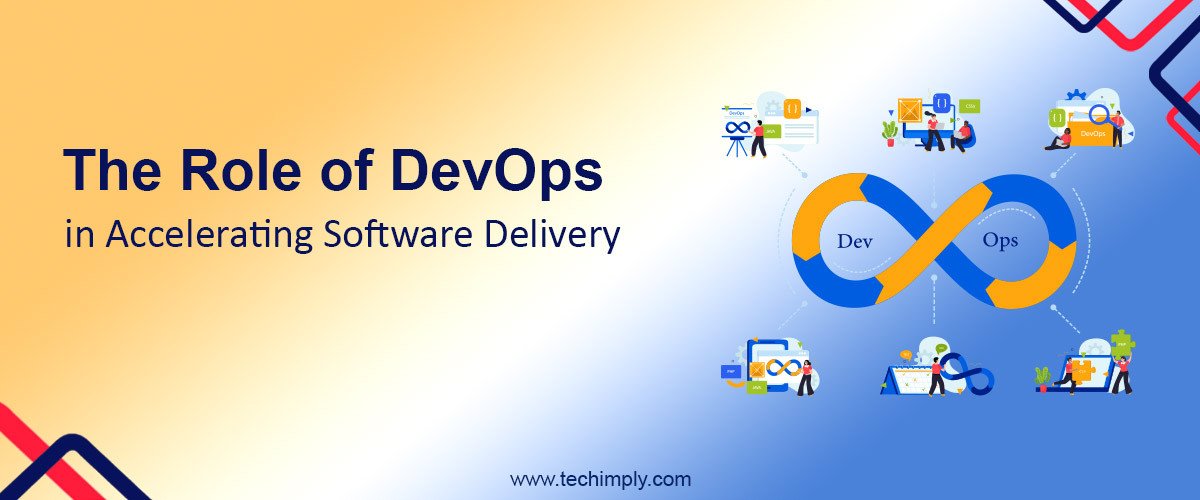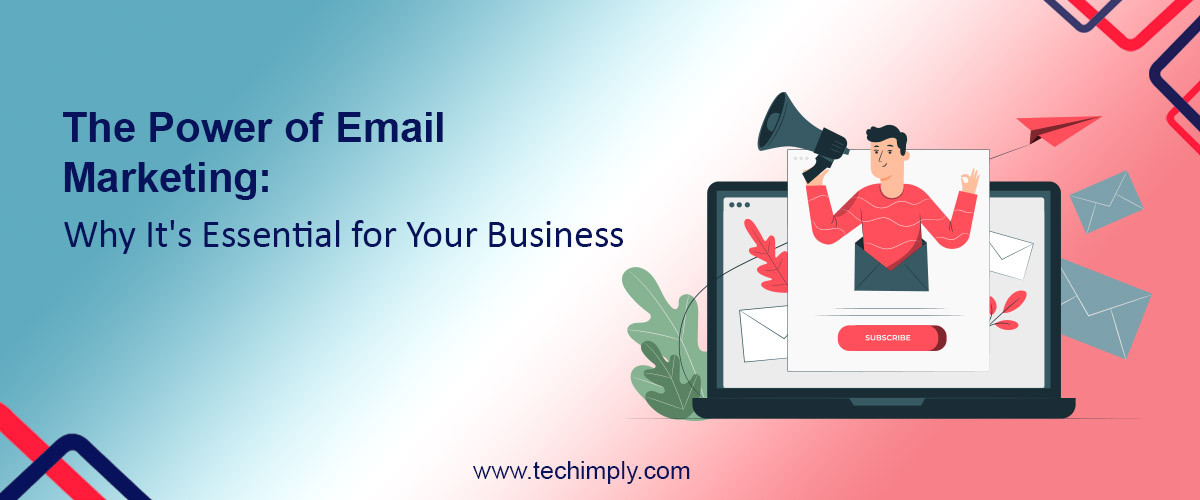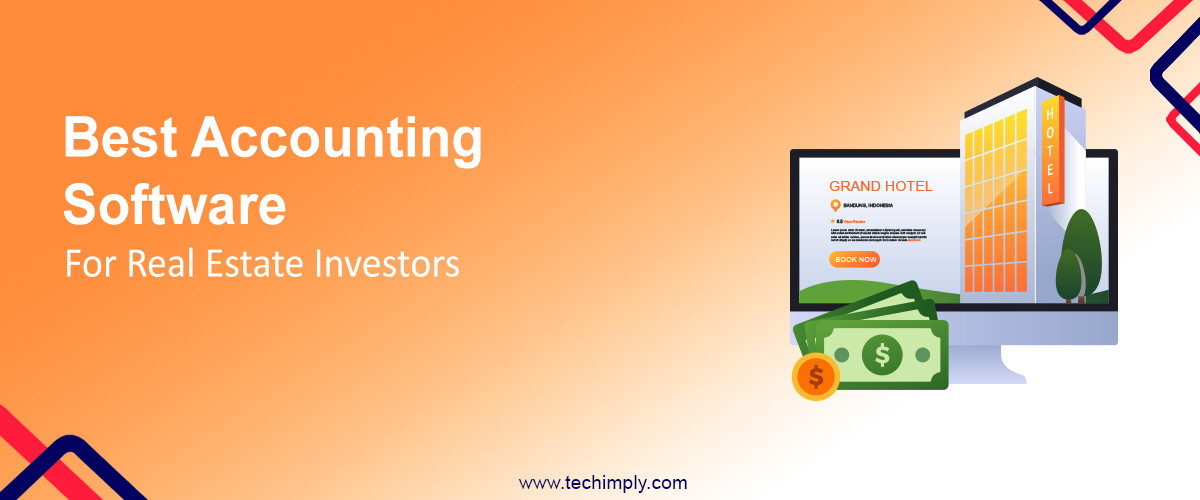Navigating the maze of asset management software (AMS) might be intimidating. Making the correct software decision is crucial, regardless of your business's size—a mid-sized company in Bangalore wants to extend the life of its assets, or a booming corporation in Mumbai is trying to simplify your logistic operations. How do you ensure the AMS you invest in evolves with your business and adds value in a continuously changing landscape, not just in line with your present requirements but also considering the particular demands and problems of the Indian market?
We'll walk you through the most important factors to consider when selecting top asset management software that complements the unique features of India's vibrant business climate. This article is intended to assist Indian businesses in making well-informed decisions that result in better asset management software, increased productivity, and a more distinct bottom line. Topics covered include regulatory compliance and mobile accessibility.
1. Identify Your Core Objectives
Determining your goals for an AMS is critical before you start looking through the market for asset management solutions. Is regulatory compliance your priority, or are you trying to optimize asset lifecycles? You may be looking for solutions to support preventative maintenance since you've seen increased waste. Whatever motivates you, identifying your primary goals can help desk software you move towards the best match.
In India, businesses have a wide range of goals frequently shaped by their sector and its unique economic constraints. For instance, preventing theft and minimizing downtime from unplanned malfunctions may be top freight and logistics industry priorities. Strict compliance management and best asset management software utilization tracking and calibration management may be more critical in the pharmaceutical business.
By matching its features to your main objectives, you can ensure that your potential AMS is ready to deliver on what matters most to your company, not simply what looks good in the software's brochure.
2. Assess the Scalability
One of a progressive asset management system's distinguishing features is its capacity to grow with your company. The fast expansion of enterprises in India due to technological advancements and globalization has resulted in constant change in the top asset management landscape.
A scalable asset management system (AMS) guarantees that your management procedures will be updated quickly when you expand into new industries or add more assets to your portfolio. Seek out software that can be customized to grow with your demands and provides modular add-ons. Additionally, it should be able to manage growing data quantities without seeing a noticeable decrease in performance.
One danger organizations face is purchasing a system that meets their demands in the short term but is unable to develop with the company. It can be expensive and time-consuming to train employees on new systems and move data to a new platform. By choosing a scalable solution from the start, you can protect yourself from these hassles down the road and set yourself up for an asset management system that is adaptable and ready for growth.
3. Consider Regulatory Compliance
The regulatory environment in India is as varied as the country itself. Respecting these rules is mandatory, from the strict privacy and data security requirements under the Personal Data Protection Bill (PDPB) to the industry-specific compliances required by the Food Safety and Standards Authority of India (FSSAI).
Your selected AMS should be a reliable ally in your efforts to comply. This calls for it to have robust reporting features, unobstructed access to asset management software history, and, if necessary, the capacity to interface with tools designed for compliance. Having software that quickly upgrades its features to reflect new standards is helpful in industries where regulatory changes, such as healthcare, chemicals, and food, can be frequent and significant.
Ask for case studies that illustrate the software's effectiveness and request a demonstration of how it manages regulatory requirements rather than taking the vendor at their word. A reliable AMS supplier must have a history of maintaining customer compliance despite changing legal requirements.
4. Evaluate Integration Capabilities
In networked systems, your AMS is a single component of a bigger operational picture. Integrating smoothly with other business-critical software, such as customer relationship management platforms, financial management tools, and ERP systems, is essential. This application ecosystem, the integration landscape, may offer extensive insights and significantly increase operational efficiency.
Indian companies, particularly the ones that have embraced technology quickly, are operating several systems that must cooperate for the best results. Determine where an AMS might fit with your organization's software stack. Early detection of possible integration points can help you avoid purchasing a system that is divided into silos and separates essential data related to asset management.
Ask suppliers about their present integrations and how simple it is to implement them. The perfect AMS should offer pre-built connections and API access, allowing you to create a seamless digital infrastructure that fosters business expansion.
5. Prioritize User Experience and Training
Regardless of how many features it has, an AMS can only provide value if its core users accept it. The customer base in India, whose companies might range from innovative tech startups to traditional family businesses, is frequently heterogeneous in terms of their level of digital literacy. To close the gap, prioritize careful training and an intuitive interface.
Seek an AMS with easily navigable dashboards, a well-defined user authorization structure, and customizable features. The onboarding procedure should be quick and easy for businesses with significant employee turnover. Examine the vendor's assistance and training programmes as well. Do materials exist in the area's languages? Does the company offer 24/7 customer assistance to help with any problems?
Giving the user experience top priority throughout the selection phase sets the stage for a successful implementation. If workers perceive the new system as a time- and effort-saving tool rather than a burdensome addition to their workflow, they are more likely to embrace it.
6. Ensure Mobile Accessibility
The widespread use of smartphones and other mobile devices has completely changed the way people work by eliminating the need for desks. Mobile accessibility allows for real-time best asset management software and administration from any location, so your AMS should adapt to this change. This is especially important for Indian enterprises that have decentralized workforces, distant facilities, or field activities.
Utilizing mobile features beyond basic data viewing, including natural asset management, may significantly increase accuracy and productivity. These features include barcode scanning, photo capture and uploading, and mobile maintenance work reporting. When assessing smartphone features, remember to consider offline functioning in fixed asset accounting software. Data syncing upon reconnection is critical for assets operating in distant, disconnected locations or areas with patchy connectivity.
By ensuring that your AMS is fully functional on mobile devices, you enable your staff to make prompt, well-informed choices wherever they are.
7. Look at total cost of Ownership
The best asset management software's total cost of ownership (TCO) goes beyond the initial purchase price or subscription charge. It covers the price of installation, any required extra hardware or software, continuous upkeep and support, and any possible upgrade charges.
Knowing the total cost of ownership (TCO) is essential in the Indian corporate environment, as frugal spending is frequently regarded as a cultural virtue. Examine the price schemes offered by each business. Are there many tiers based on how many assets you manage or how big your company is? Is the vendor in charge of updates and maintenance, or is the programme provided as a service? Asking these crucial questions now will help prevent future financial surprises and hidden fees.
Consider the software's expected return on investment (ROI) as well. Will it result in lower operating expenses, more asset utilization, or improved IT service management (ITSM) software that may prevent fines for you? By balancing the TCO with the estimated ROI, you can verify that the chosen AMS is long-term cost-effective. This will help you justify the investment.
8. Gather Feedback and Conduct Trials
Involve your team in the choosing process, which is the last and most crucial step. Get input from people who will use the program on compact desktops daily at all organizational levels, especially from them. Their observations on their difficulties with the asset management procedure might highlight specific needs that would not have been considered otherwise.
Many AMS suppliers offer demonstrations or free trials. Take advantage of these opportunities to test the software's functionality. You may get a realistic idea of what to expect by testing the system's performance under your operating size, the robustness of reporting tools, and the convenience of data entry.
Throughout the trial period, invite people to provide comments. Which features of the AMS facilitate their work? Where do they think it falls short? Their opinions based on experience will be constructive when deciding.
Conclusion
Selecting the right asset management software is pivotal for streamlining operations, enhancing productivity, and achieving long-term business goals. The eight tips provided aim to guide you through the intricate process of finding a solution that meets your current needs and adapts to future demands. Techimply's software listing platform is an excellent resource for Indian businesses, offering a comprehensive view of asset management solutions. By emphasizing critical factors such as functionality, scalability, user-friendliness, integration capabilities, cost, support services, security features, and honest user reviews, Techimply aids in making an informed decision to choose the software that aligns with your business strategy. Remember, the right asset management software is more than just a tool; it's a long-term investment in your organization's efficiency and success.






